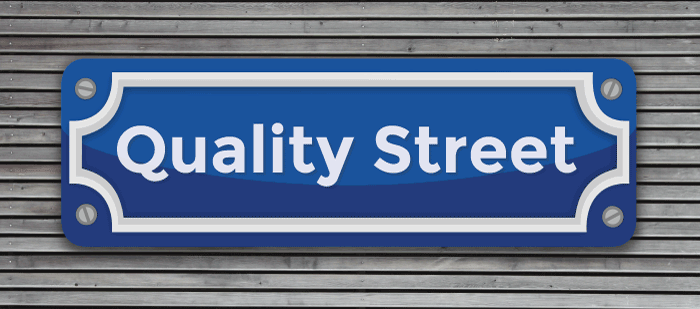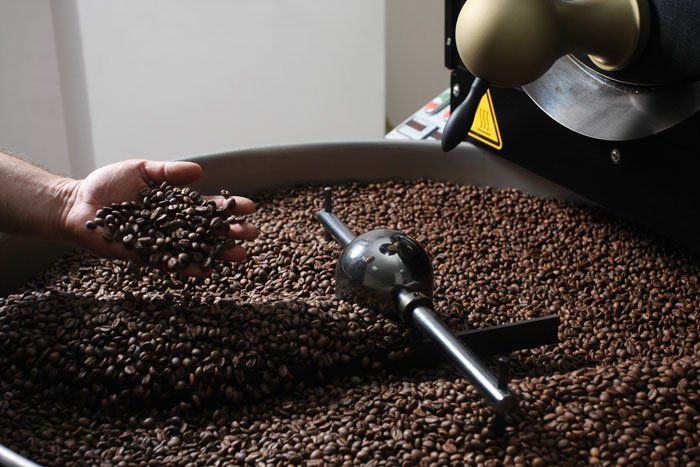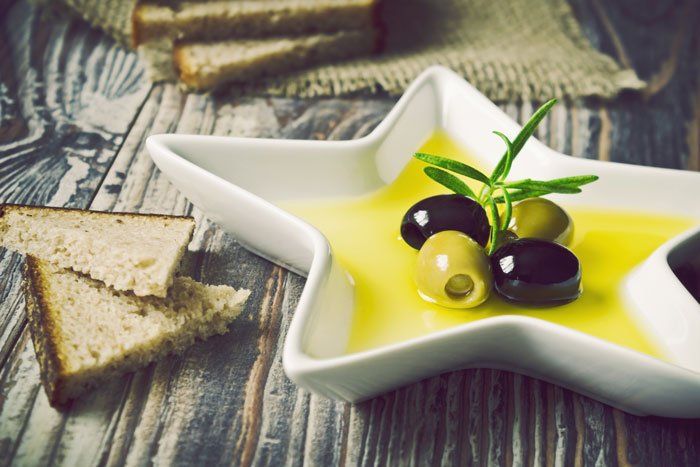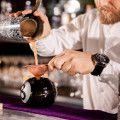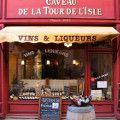 Those in the retail food and restaurant industry follow many different paths when navigating their perceived road to success. These"streets" help define their mission and ultimately guide the way they operate everyday.
Those in the retail food and restaurant industry follow many different paths when navigating their perceived road to success. These"streets" help define their mission and ultimately guide the way they operate everyday.
Let’s take a little walk…
→ Down the Profit Street where everything is measured by profit,
→ Down the Customer Street where catering to the customer is paramount,
→ Down the Philosophy Street where a strict theme is followed (organic only retailers, strictly vegetarian restaurants etc.),
→ Down the Employees Rule Street where the staff is generously paid and highly trained,
→ Down the Labour is Simply an Expense Street where employees are seen as no different than paying the rent each month,
→ and down the Joy in the Process Street where the business itself, and connecting to the customer, is the passion.
The Street that Always Leads to Success
I have seen many restaurateurs and retail food professionals walk up and down these streets in pursuit of their path to success, only to be confronted by head-on traffic.
Where the Profit Street leads to losses because of ineffective promotion; where the Customer Street fails when unassisted shoppers leave without a purchase; where the Philosophy Street changes with every passing fad, and the Joy in the Process Street hits unwelcome bumps in the roads.
This analogy works, trust me.
Just as I have seen restaurants and retail food operations get detoured, I have also seen those that suddenly discover a very special street. One that goes in only one direction. One that always leads straight to absolute success.
The Quality Ingredient Street!
The signs on this street are impressive. Pointing the way to:
wonderfully satisfied customers,
more larger-value transactions,
personal satisfaction with the products carried,
staff engagement with the products sold,
overall higher revenues,
and ultimately greater profits.
So how do you maximize your sales while travelling down the Quality Ingredient Street?
Store Signage and Merchandising
Take a quality ingredient already carried in the store. Rather than have it sit on the shelf among the lower quality brands, unsold at a higher price, change the product’s placement and use signage to explain the higher quality profile.
Better yet, offer a sample.
People want to buy better products and it does not take much to get them to convert.
I have the perfect example.
Qualifirst has sold the internationally acclaimed Tracklements Mint Jelly for decades. LOADED with mint, pieces actually suspended throughout the product, it is always the choice when customers are made aware of its superiority.
Signage is used to describe the difference when compared to the many completely marginal, barely edible, chemically tainted, green mint jellies sold today, which ironically do not contain much mint, if any.
Customers that try it never go back. And what gets customers to give it a try. SIGNAGE.
Making the Switch to Quality Ingredients
In a restaurant, replacing a marginal ingredient with a quality ingredient affects the taste so much that customers, usually the regulars first, will talk it up. If you are lucky, they will tweet it up as well.
Remember the maxim that when one person talks, nine others say nothing, but think the same thing. This maxim is better known for complaints, but also holds true for compliments.
So, just like in a store, one by one ingredients in a restaurant can be evaluated and replaced.
Yes, your cost will go up a little because the reality remains that better products cost more. But, in exchange for this small additional cost, the store and the restaurant get two things – more customers and better customers.
The profit from more customers and better customers completely outweighs the slight cost increase for top quality ingredients.
A Tea Party
Take for example the awesome, modern, fashionable, fair trade, organic, great tasting tea line CLIPPER imported from England. Such a quality product offers a huge opportunity for the smaller retailer and specialty chain account to really set themselves apart.
A small store or specialty chain selling brands that are in mass retailers are not doing themselves any favours. They are just advertising that the customer can buy anywhere.
Small stores have a strong incentive to jettison national brands found everywhere and dedicate themselves to higher quality because it gets customers returning to the store. For chain accounts it is a little riskier, but certainly doable.
The store takes a stand and carries “the better tea”, which some customers may reject.
Here’s where signage comes in. Enough customers will taste CLIPPER and move away from the often bitter, marginal national brand, making the clearly better CLIPPER tea more profitable.
So now you might ask, what is quality coffee? Well, it is a range of varieties, always freshly roasted. Qualifirst does not offer coffee for just this reason. To be the best it must be roasted daily.
Some restaurants get their coffee freshly roasted and ground. And I do mean fresh, like the bread. In France, the bread and the coffee are delivered daily. The freshest they can be.
Cutting-edge retail food stores in North America are starting to see the quality light.
Sure enough, Whole Foods is leading the charge, having a coffee roaster in the middle of the store, roasting away green coffee and dumping it into bins. Offering only super-fresh coffee to a long line of customers.
Time for an Oil Change
How about Olive Oil? Because we live in a world literally awash in a tsunami of marginal olive oil, it is critical to frequently check the quality. As a general rule, in a 10,000 sq. ft. store, if there are more than five olive oil brands, one in six will be rancid.
When I was selling into retail food stores, it was normal for me to propose a friendly challenge to my independent customers. Late at night I would line up the olive oils carried, crack them open, pour them out, and give them a taste.
The results were often alarming because the professional retailer knows that a customer that buys an olive oil that is clearly off will never come back to the store. And yet, sure enough, there was always at least one culprit.
Like the store, this is why intelligent restaurant owners ensure they use only quality olive oil.
Often, in addition to their regular olive oil, restaurants will also have a “finishing olive oil”. Usually two or three times the price of their regular olive oil, it is that final drizzle on the plate, because the diner can tell the difference between an extraordinary olive oil and a regular one.
The One Way Quality Street
I have so many stories about customers walking the Quality Street.
About ten years ago I sourced a superb cheddar from Ontario. We sold a lot of it because it was top notch. Despite the fact that the plant no longer exists, customers still ask for it because they are nostalgic for the quality, which is difficult to come by today.
Once the customer walks the Quality Street they do not want to go back.
People who love wine eventually drink a wine $10 more than their usual budget, and once they do, they never go back to the plonk they were drinking before.
They are on the one way quality ingredient street. No u-turns allowed.
Once you have tasted a REAL chocolate bar from Michel Cluizel the quality is evident, crystal-clear, and so intense it not unusual to literally utter “WOW” in appreciation for its taste and texture.
Then, something funny happens. A few days later you pop a regular, lower quality piece of chocolate into your mouth. And you are back on the one-way street of quality. You make a strange face, utter a stranger sound and you just cannot eat this random chocolate any more.
You too have found the one-way quality street.
As Jules Renard (a 19th century dramatist) once said, “On Earth there is no Heaven, but there are pieces of it”. Certainly he was referring to these wonderfully delicious ingredients you come across only when traveling the one-way street to quality.
